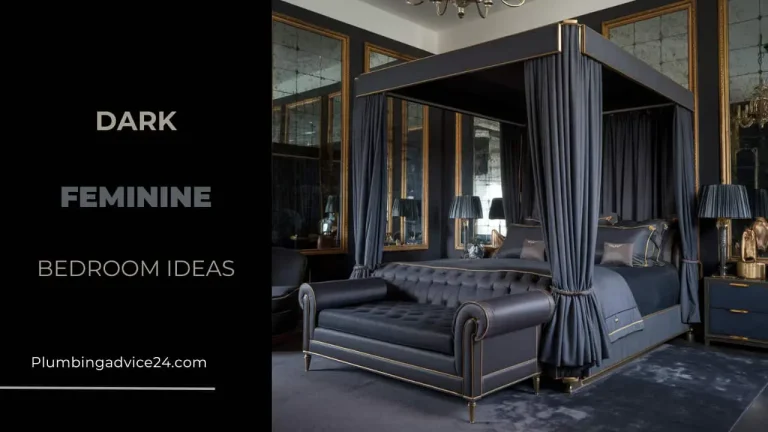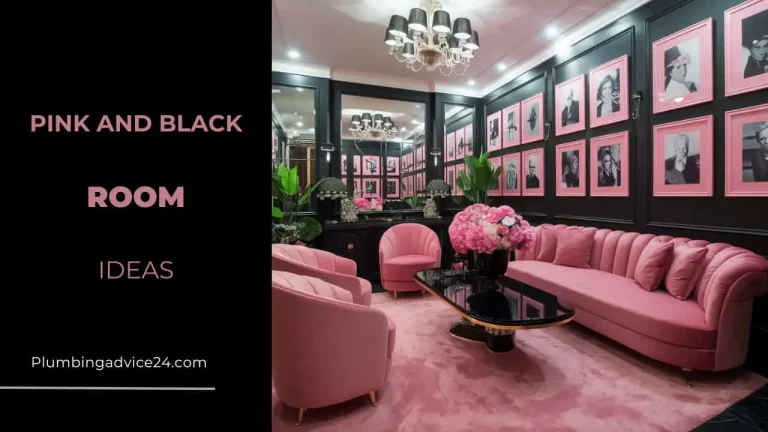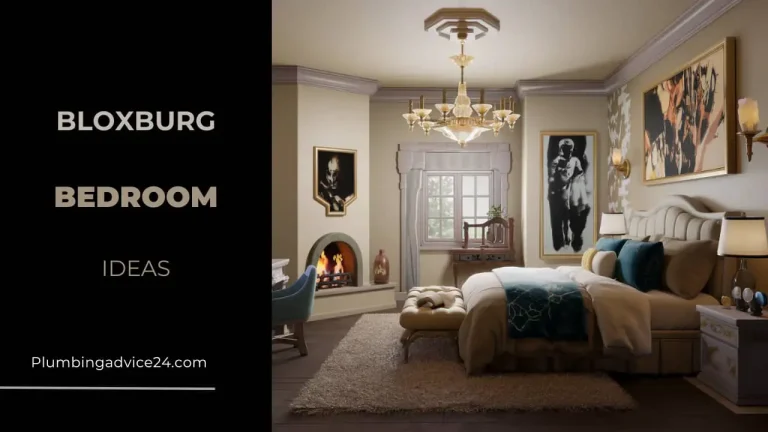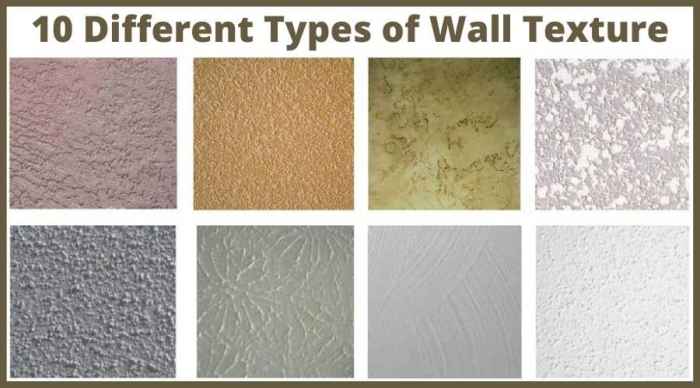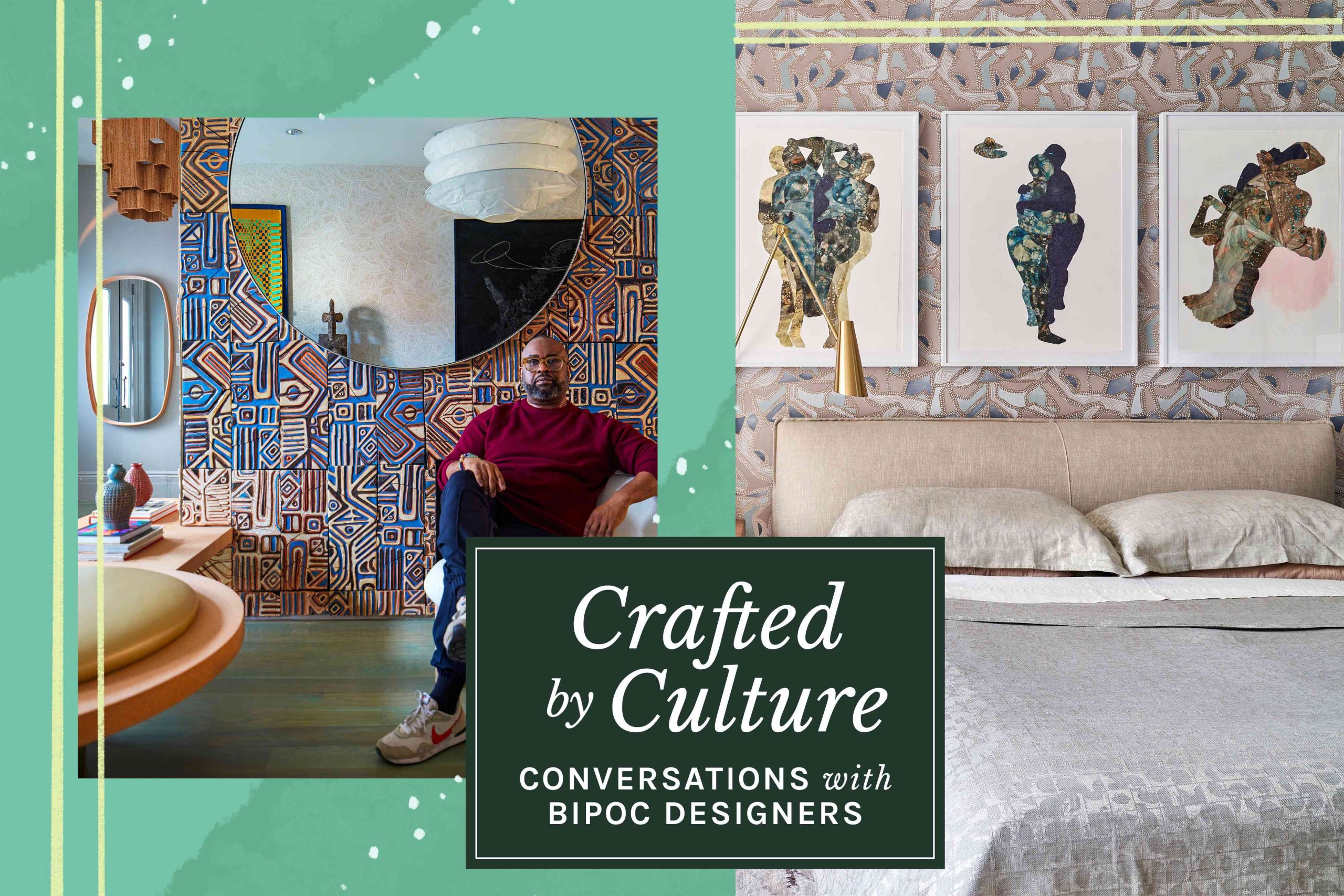

Leyden Ynobe Lewis, a New York City native, grew up immersed in a vibrant blend of American culture and Trinidadian heritage. Leyden found early inspiration in creative fields, eventually leading him to the world of design. Over the years, his unique perspective and thoughtful approach have shaped him into a designer who values both form and function. He founded and directs Leyden Lewis Design Studio where he honors the rich narratives of his clients.
Please introduce yourself, and tell us about your upbringing. Where are you from and what was it like growing up there?
I am a New York City native—born and raised in East New York and Crown Heights, Brooklyn. As the child of Trinidadian immigrants, I feel like I got to enjoy both an American upbringing with all the possibilities, and a rich Caribbean heritage of family, food, love, and community.
Want more design inspiration? Sign up for our free daily newsletter for the latest decor ideas, designer tips, and more!
What made you decide that being a designer was your calling?
My father is an artist and exposed me to a lot. Design was always one of my creative interests. Ultimately it was the one that I felt most suited to having a career in.
I love design: the idiosyncratic manipulations of form and how it relates to function. Design is not art. Design is the application of functionality and how it is expressed creatively through a practice. I love thinking about how to beautify a practice—of living, eating, sleeping—through design.
Ashok Sinha
How would you describe your personal style and approach to designing spaces?
I resist having a specific style. That said, I was trained in a 20th-century Modernist theory of architecture and this way of approaching spatial design is at my core. I certainly gravitate to 1920s-30s French design and Art Deco, which has had such an impact on the history of design and has also taken a fair amount of inspiration from African design.
As a designer I want to continue trying to evolve and remain nimble. The longer I’ve been a designer, the more I find myself focusing on my relationship with clients and activating them as collaborators. I’m asking myself, “how does the narrative around the clients’ lives get expressed in their environment?” It’s not just about what I want or think.
Whoever needs to hear it—I want to say that there is not one right decision to a design problem or solution. There is the decision that you make and hopefully the love you have for that decision. Honor that. It is part of what makes the design process really beautiful.
Do you have any design inspiration, whether it be from your culture, other cultures, or anything else in between?
Growing up I loved spending time with my dad at the American Museum of Natural History in NYC. I think that’s what helped mold my mind at an early age into being inspired by science, the past, the wonder of the natural world. It’s about finding inspiration through active observation, even when something may seem wholly unrelated.
Even when I’m inspired by design, it’s not necessarily about aesthetics, but is more about borrowing that space’s specific vibration. It’s about trying to grab the essence of something and adapting it to the people and context you are designing for.
Pratya Jankong
What design project have you done that’s stuck with you throughout your career?
Participating in the Kips Bay 1999 Decorator Showhouse was an important career milestone for me. It was the first time I had the opportunity to express my design creativity fully in a space without having to consider a client’s needs. That’s the beauty of designer showhouses.
I filled my designated space with all the things that at the time felt so needed for me to express. Those things remain still to this day: my love of art and sculptural furniture, which now almost 30 years later the industry calls “collectible design.” I designed and had fabricated my Chair 1 and had a panel made from sheet silicone with a steel frame. I still really love those designs.
How do you incorporate design elements from the communities you grew up in into your work?
When I think of color, I think of “playing mas” during the Caribbean Carnival. Mas is short for masquerade. Participants dress in gorgeously elaborate costumes and masks to dance throughout the celebrations.
What does it mean to you to be a Black man in your industry?
Being a Black man in the design industry still feels new for an industry that has been predominantly non-Black and providing services to non-Black clients for generations. This of course has resulted in the discounting Black creativity and design, as well as Black wealth. My hope is for new ideologies and ethos to enter the history of design.
Ashok Sinha
What’s one thing you try to incorporate in every space you design?
Fine art! I want the art that is selected for our spaces to have the same level of integrity that the design does.
What’s your go-to shop when you want nice decor?
1stdibs. I love flea markets and 1stdibs feels like a digital one.
What design trend are you tired of?
Bouclé has got to go.
Where’s the best place you’ve ever been, design-wise?
Istanbul. It’s a total mashup of the East and the West aesthetically, spiritually, and culturally. The architectural and aesthetic confluence of multiple ideologies is amazing.
Get the best products from Amazon


